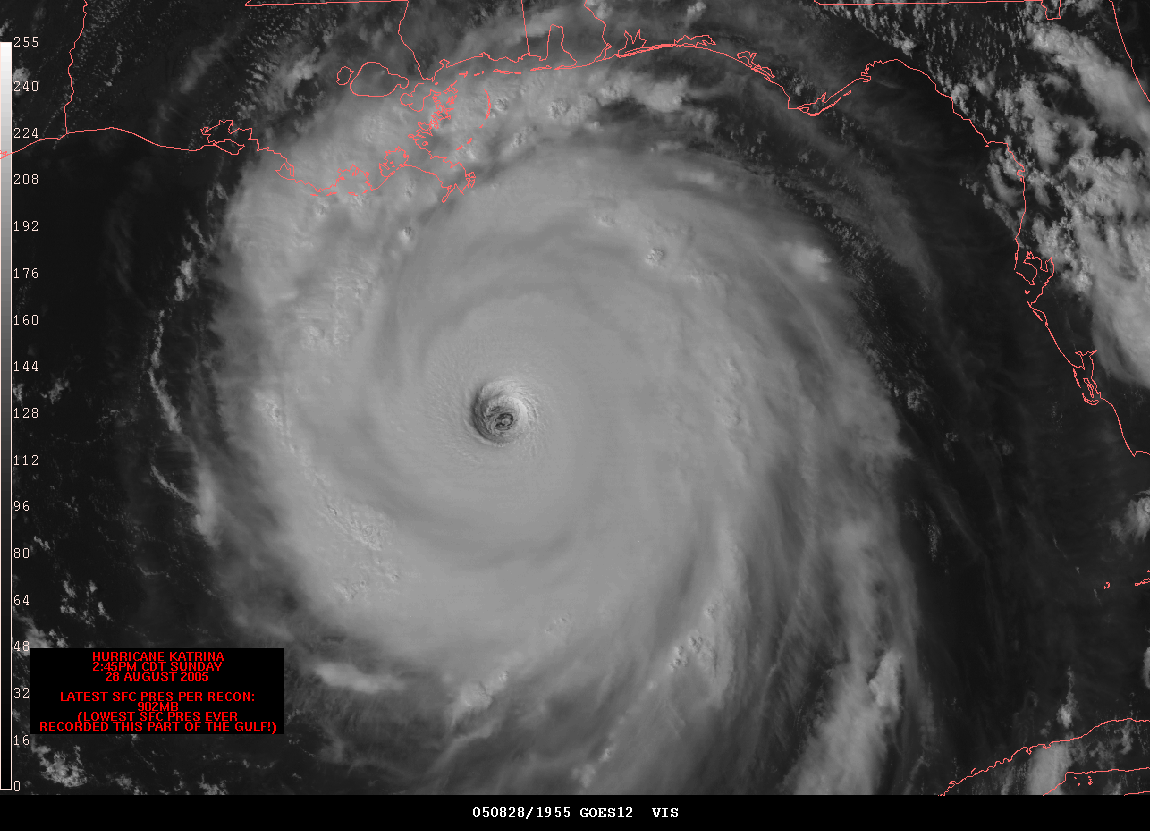It occupied the space usually taken up by the weekly farmer's market, which found itself as a result amidst the diesel fumes of the nearby busstops.
All the Little Presses were hawking their latest titles through catalogues and business cards. Though the festival operated as much by word of mouth as by the printed word, as the news of books spread orally, through a campaign of "did you see that book with the...?"
Some of the Big Presses had their territory staked out too: St Martin's was there, as was Oxford. Those displays were glossier, their reps more knowing, and they attracted the biggest crowds. But this was nonetheless a day for the small guy.When I first heard of the Brooklyn Book Festival earlier that day, I assumed it would be a place where small bookstore owners or even the general public would be selling used books, and I kicked myself for having recently (and cavalierly) thrown out some of my own books in preparation for our move. But I preferred what this festival turned out to be, a kind of expo with all these small presses advertizing that they were still in business, that they hadn't been swallowed up by the Literature/Cappucino Industrial Complex.
We approached the fair from Atlantic Avenue and had the bridge in our sights. Its image tented Borough Hall like some Persian bazaar. And it had that energy, that diversity, that busy-ness, as well as the underlying desperation that spoke of a need to sell in order to live. But rather than gew gaws or fabrics, dates or nuts, there was litrachure on sale, spread out on tables, propped up for display. And as we approached nearer, we came under the magnetic infuence of the vendors of books.
We bought Lucy something from the very first stand we stopped at. It was for her, not for us, so that doesn't count as an impulse buy (we both agreed). It was some Russian Publisher and the book was a bilingual edition of two stories, Speckled Hen and The Little Goat Kids; or, KyPoCHKA PYABA and KOZLYATYSHKI. We will bring it to daycare so that Lucy can be read to in the proper accent.
Archipelego Publishers, our next stop, and coincidentally, immediately next to DomKnigi, had a table with boxes of books spread out, beautifully bound and oddly shaped books in that they were almost square. Gate of The Sun by Elias Khoury reproached me with its remaindered beauty, only $15.00 (They printed too many copies by mistake, the woman said. I wondered how many was too many...) I didn't buy it. I now regret it. I've had a small paperbound copy of one of Archipelago's other titles, Moscardino by Enrico Pea (translated by Ezra Pound) for a while now, though I thought the attractive binding was some publishing anomoly. But here were laid out book after book, each with its unique charm and yet with a similarity of binding that bespoke a deeper familial bond.
We continued on through crowds of Starbuck denizens released from their hazelnut-scented surroundings for this one one day a year. And at the next table, around behind the entrance for the C train, I bought The Man Who Walked to the Moon, by Howard McCord, a novella about an ex-marine sniper turned professional lone wolf.
Against a mountainous Nevada landscape and one peak in particular, The Moon, Gasper's [the lone wolf/sniper] menacing tale unravels of a life lived without illusions yet driven to the boundaries of mystical consciousness -- a gripping and disturbing indictment of the exigencies of civilization.
Is "exigencies" the right word here? I guess I'll have to read the book to find out. Anyway, it sounds good!
I also bought The Dream Sequence by Kate Hunter, a local writer, a novella (again) which bears the intriguing tag on the cover: "THE MOST DANGEROUS PERSON IS ALWAYS SOMEONE YOU KNOW." Five bucks never went so easily
.
CUNY's Feminist Press had a table, and there was more than one table with Afro-Centric titles, often (though not always) mixed in with Marxist books; though there were separate Marxist/Socialist tables too. Lucy tended to gravitate towards both the African and the Marxist tables because of the brightly colored materiel.
One table was selling t-shirts (as well as a magazine or pamphlets or something) that were all black with "FUCK LITERATURE" written in big white letters across the chest. I loved the idea of it, but couldn't think of an ocassion when I might wear it so I didn't buy it. Plus there is the off chance that these might be the first words that Lucy learns to read. She's pretty precocious. I wish they had mugs...
There were also people giving readings at various stands. One of the editors of Brooklyn: A State of Mind was there reading and dropping names like he was working for the Bush administration. Jonathan Lethem got more than one mention this day; he must have been in the crowd, browsing for FUCK LITERATUE t-shirts, no doubt.
Underneath the reconstructed dome of Borough Hall itself, in the shadow of the golden statue of justice wielding a bright and slicing sword, there was a reading of Richard Wright's Native Son, a passage I heard said something about how all the world is Bigger...
At one point Lucy got impatient in her stroller, so I picked her up and carried her around. She preferred that, looking at the life around her, smiling at the random people who entered her view. Though after a while, she became bored again and began to steadily raspberry. As I walked up to one table -- it was the Aragon Press I think -- she let loose a particularly distinct one, seemingly right on cue. I jokingly apologized to the man sitting there behind the table, but he just looked up wearily and replied, "Everyone's a critic..."



